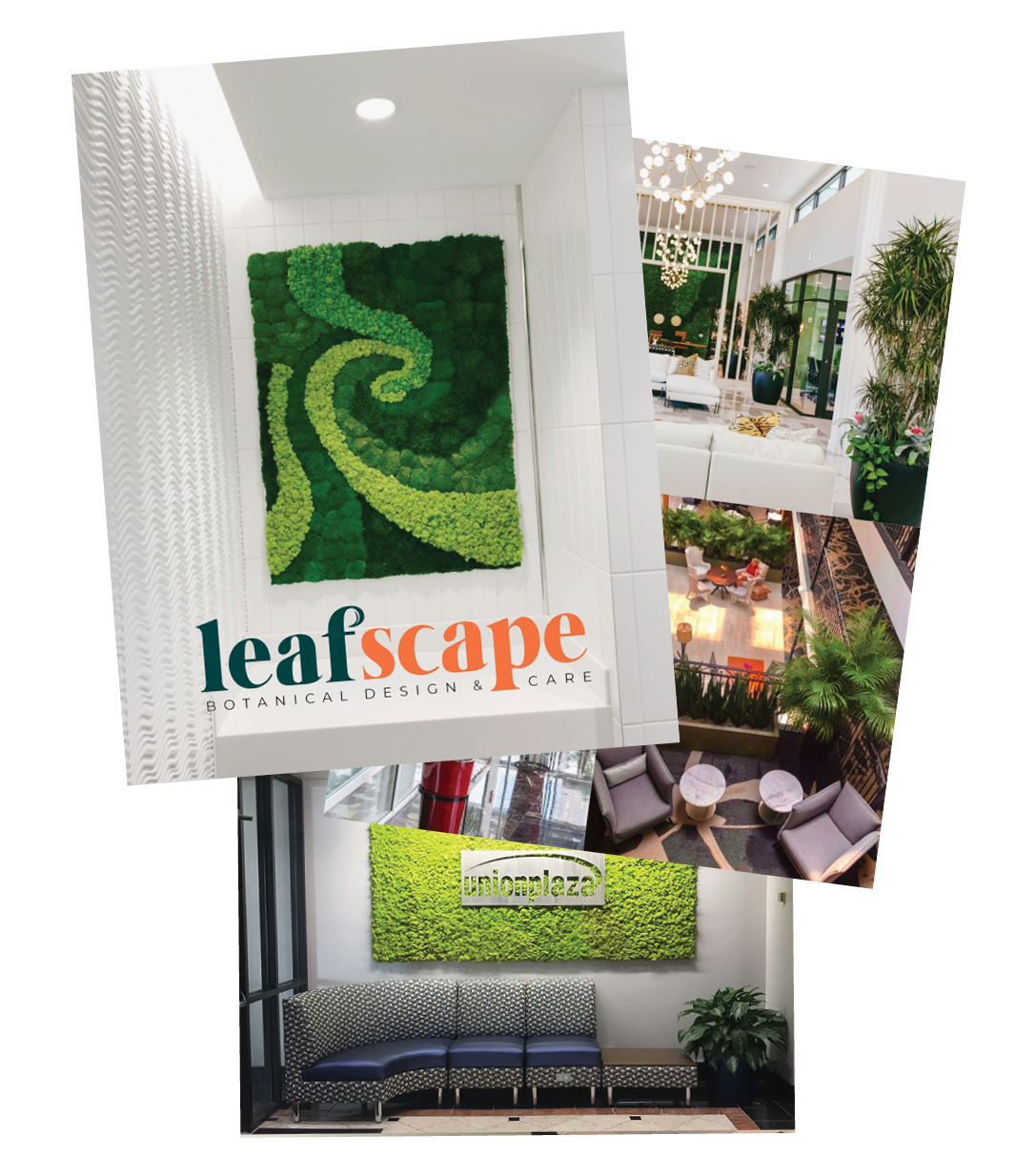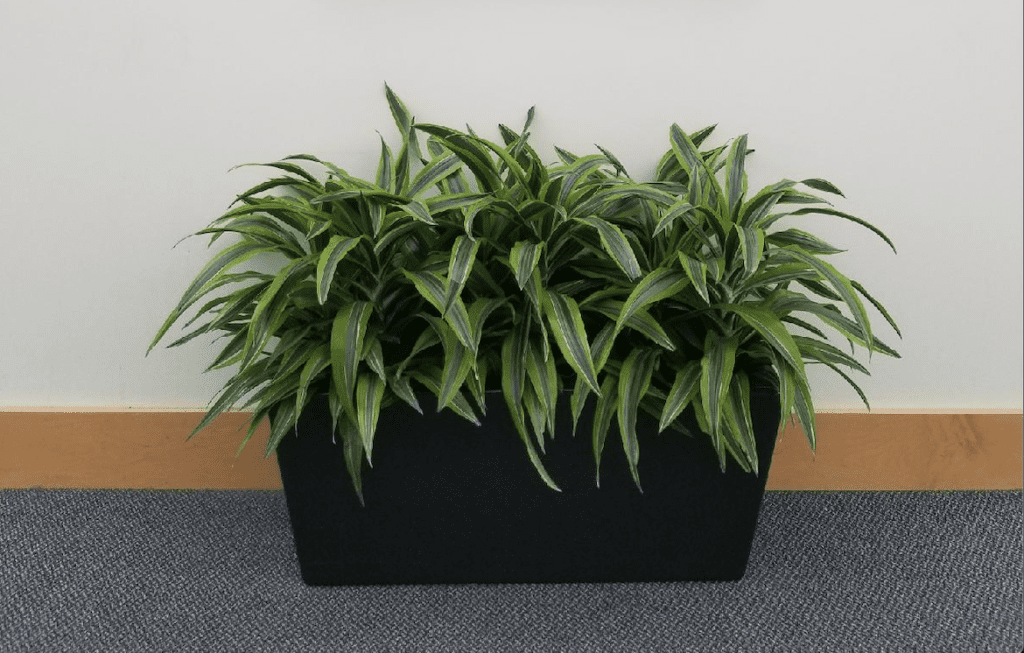
Leafscape offers a variety of gorgeous houseplants that add color, beauty, and life to your home or office. As a plant parent, it is important to know as much as you can about each of your plants, including whether it is toxic. Of course, just because a plant is toxic, does not mean that you should not have them. It just means that you need to take care to keep your plants in a safe place away from inquisitive children and pets who may want to chew on them. Find five of our most popular houseplants below and learn about what precautions should be taken when bringing the outdoors in.
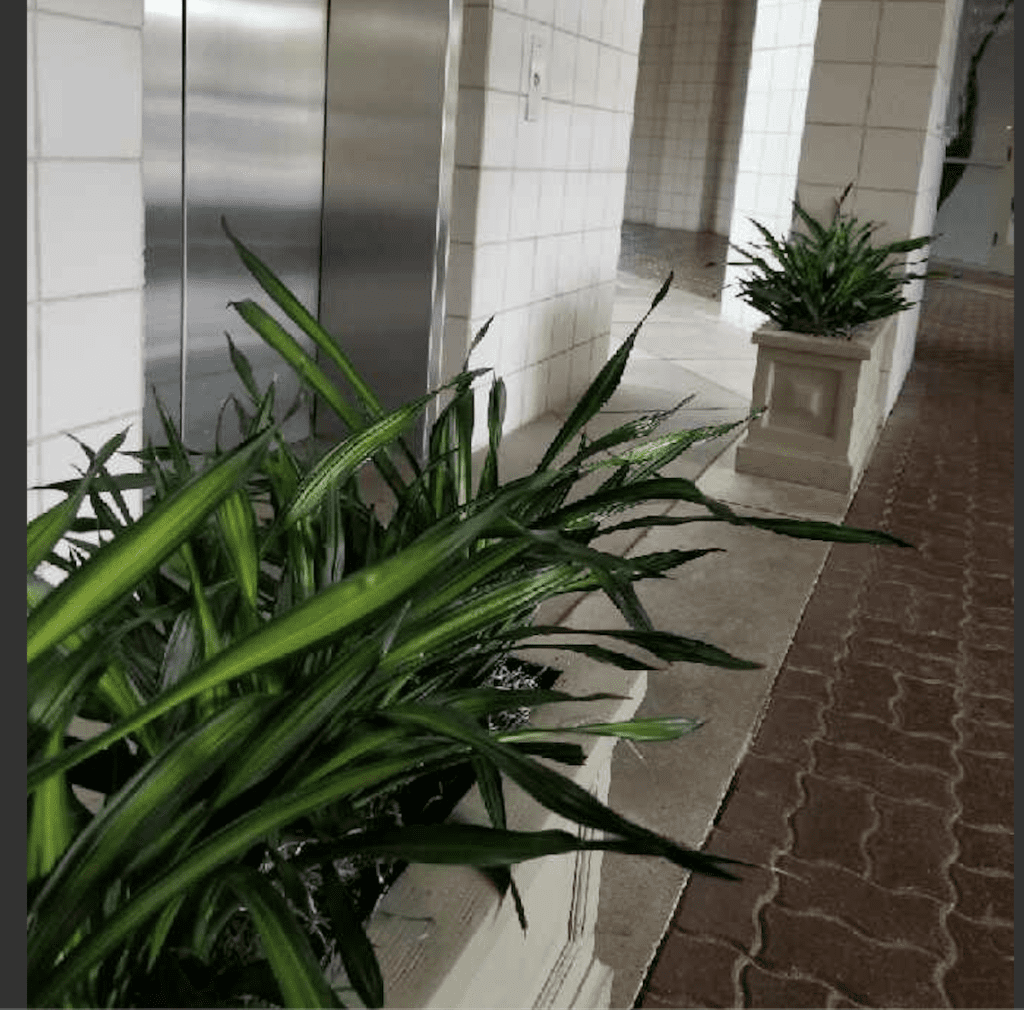
Sansevieria:
One of the most popular houseplants is Sansevieria, also known as Snake Plants. These make an excellent easy addition to your home or office space. They are tolerant of imperfect environmental conditions and thrive in indirect light. Sansevieria also releases oxygen at night, making them ideal for bedrooms. While beautiful and easy to care for, if ingested, they can cause nausea, and the effects become more severe depending on the quantity.

Dracaena
Dracaena plants consist of many varieties and are among the most popular houseplants. They are great indoors as they require less water and tolerate a variety of growing conditions. They are also known for filtering the air. These plants make great additions to mantels, tabletops, desks, even the living and dining rooms. They come in a variety of colors and can help bring your space to life. While they are easy to maintain, they do have toxicity levels that can affect pets and children. It is recommended to keep them up and out of reach from curious passersby.
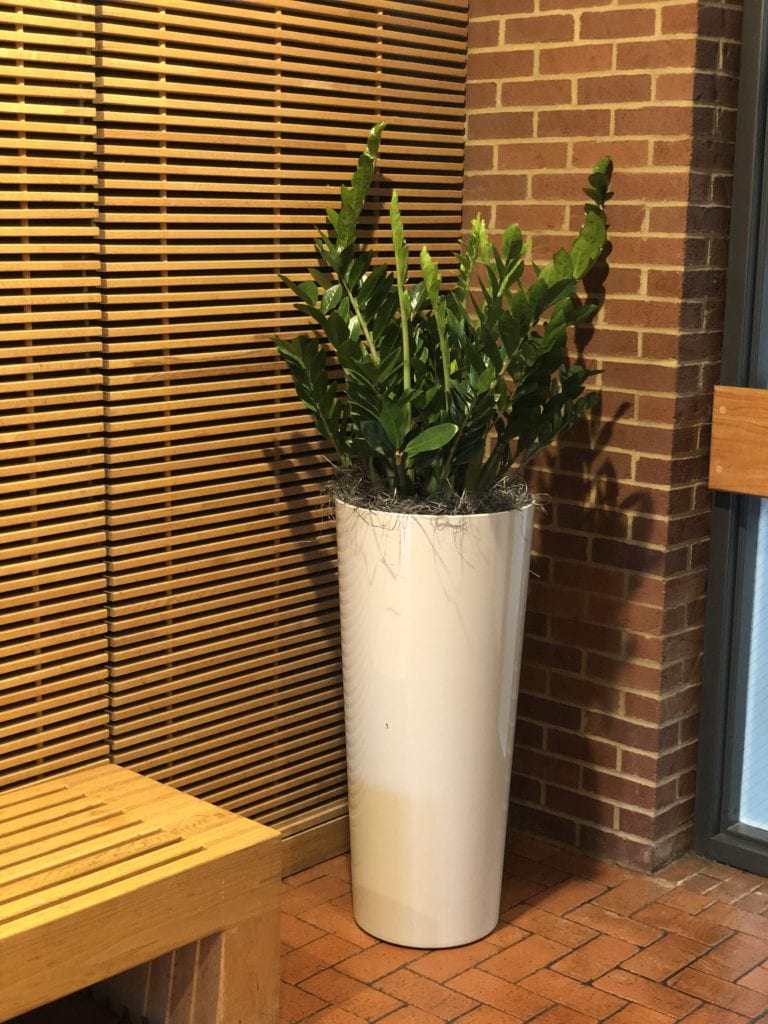
Neanthe Bella Palm
This palm, also known as the Parlor Palm, is attractive and has a delicate appearance. This plant has been a popular interior touch since Victorian times and was commonly found in parlors, hence how it got its name. The Neanthe Bella is an adaptable and forgiving plant that thrives indoors. It is also known for its air filtering qualities. This indoor plant is great for decorating medium light areas of your home or office. They are non-toxic to pets or people if ingested, making them a safe and beautiful addition to your interior.
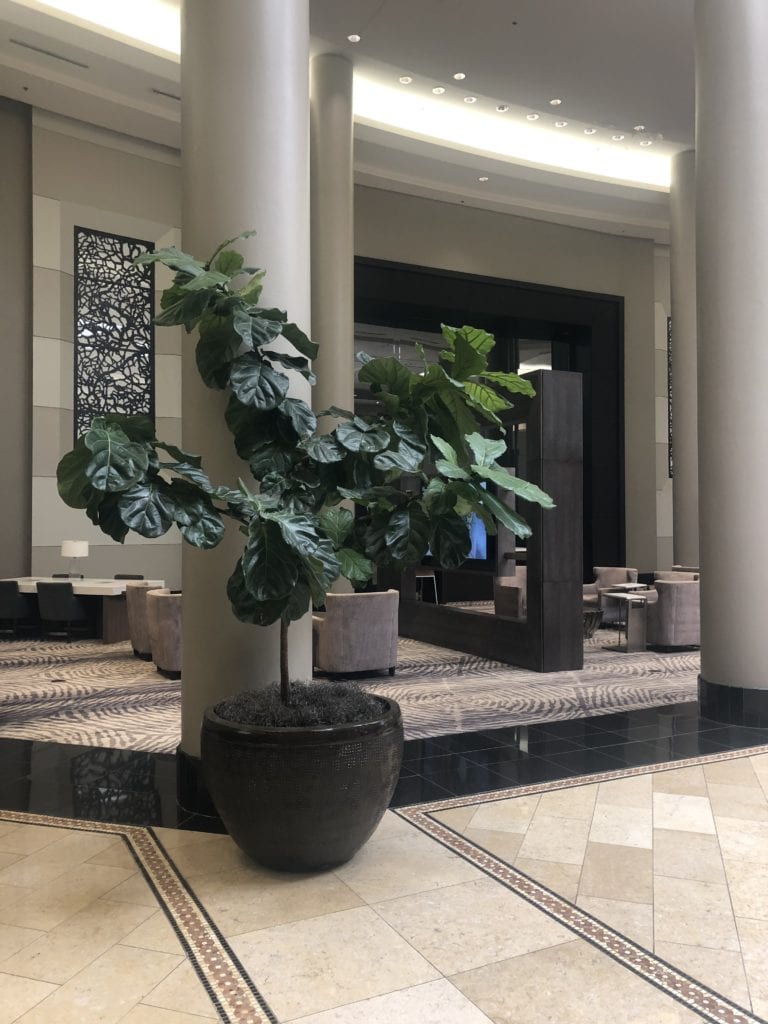
Ficus Lyrata
Native to Africa, these attractive plants are popular for their glossy green lyre-shaped leaves which grow in different sizes and shapes. Known as the fiddle leaf fig for the shape of its leaves, this slow-growing plant makes an elegant house ornament. It is ideal for growing in a warm, bright room in indirect sunlight. While it is one of the most popular indoor houseplants, it is toxic to both animals and humans if ingested. The good news is that larger tree-form versions of Ficus Lyratas would keep the foliage well out of reach.

Pothos
Pothos is a great houseplant for beginners. This hardy indoor vining plant is extremely versatile in the home. It can be grown in hanging baskets to trail down or trained to climb. They do well in bright indirect light, as well as low light. They can also tolerate low humidity, and the occasional missed watering. Pothos is also another great living air purifier, making it ideal for home and office settings. This plant for humans poses a mild risk for toxicity but for pets can be deadly if ingested.
It is worth noting that most commonly used indoor plants have toxicity levels that cause severe reactions only when they are ingested in large quantities. Also, the smaller the pet or the human, the more dangerous the toxins.
Other house plants that are particularly toxic to children and animals include Philodendron, Diffenbachia, Nephthytis, Crown of Thorns and Poinsettia.
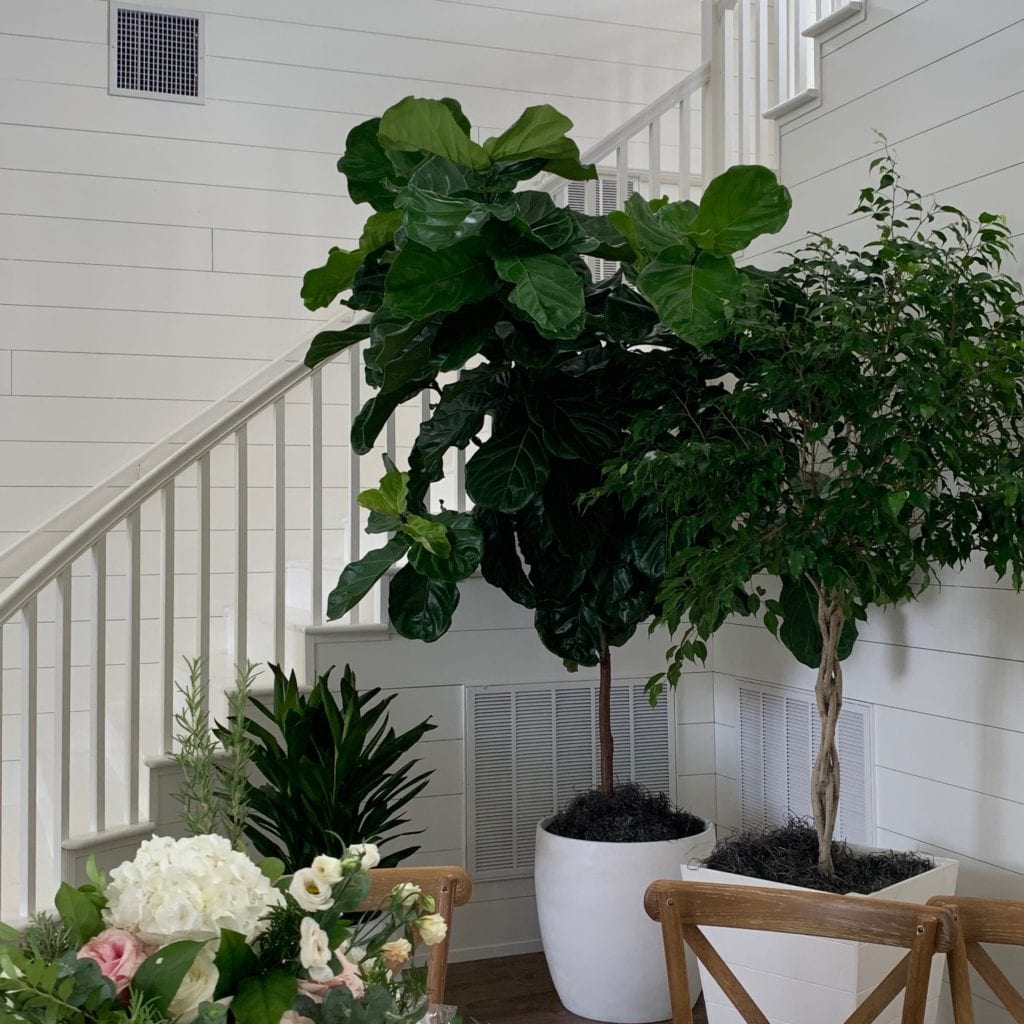
Let us do the work!
Leafscape specializes in bringing life to every environment. We work to make sure the correct plants are selected for your space whatever the requirements or circumstances. Contact us for a quote today to get your air-filtering plants that will liven up any interior space.

